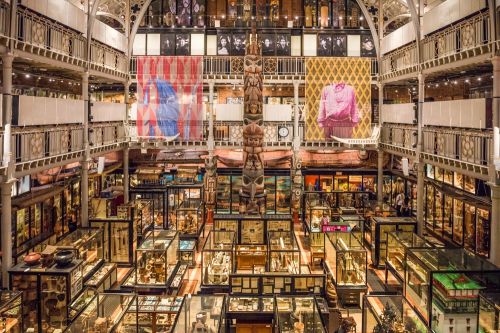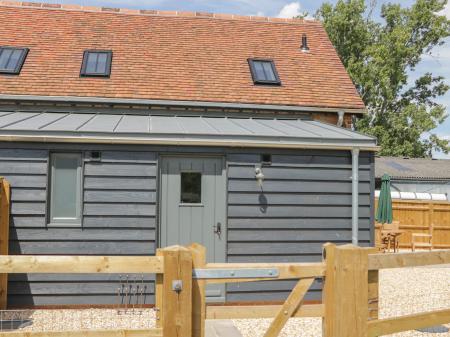
History
Augustus Fox was born to a wealthy Yorkshire family in 1827. When his great-uncle died, Fox inherited a large estate, on condition that he change his surname to Pitt Rivers, which he did. As Augustus Pitt Rivers he went into the army, where he developed an interest in the history of firearms. From this single focus, he broadened his interests to include a fascination for ethnography; artefacts from indigenous cultures across the globe.
Not only did Pitt Rivers embark on a lifelong quest to find unique and interesting cultural objects, he developed a system for classifying those objects, called typography, which helped trace the development of objects over time in different cultures. He was an active member of the Ethnological Society of London and president of the Anthropological Institute.

When Pitt Rivers inherited a huge estate at Cranborne Chase in Dorset he turned his hand to archaeology. Unlike many of his contemporaries, Pitt Rivers kept meticulous records and was keen to record all finds in the context of the whole site.
His methodical approach is the same one adopted by later archaeologists, but at the time he must have seemed terribly dull to his rather careless contemporaries! He became the first inspector of ancient monuments after the Ancient Monuments Act was passed into law in 1882.
In 1884 Pitt Rivers donated his collection of 22,000 items to Oxford University on condition that the university sponsor a permanent lecturer on anthropology. He also stipulated that a building be set aside to house the collection.
Architect Thomas Deane was called in to design a museum building attached to the Museum of Natural History designed by Deane's father. Construction of the museum finished in 1886. From the original 22,0090 items collected by Pitt Rivers himself, the museum had grown to house a huge collection of over 500,000 pieces.

What makes the Pitt Rivers Museum unique is that the collections are arranged thematically, according to Pitt Rivers theory that the objects should show the development of humankind from the simple to the complex. So, for example, you can see exhibits of a particular type of tool across the world, rather than progressing along a linear timeline or having objects grouped by location.
Here's an example; one thematic gallery houses items associated with the theme of Magic, Ritual, Religion, and Belief, while another gallery has the theme of Treatment of the Dead, and another is focused on Currency and Measures. There is a vast array of weapons; indeed, much of the museum's third floor is concerned with themes like Clubs, or Spears and Harpoons, or Blowpipes and Darts.
One of the most popular areas of the museum has collections of shrunken heads, which, I must say, are rather gruesome, but still engrossing. What we enjoyed most about the Pitt River Museum is the sheer scale of it; everywhere you look you encounter a different culture, a tribe, or an area of the world so different to our own, yet the collections help bring that diversity of human culture to life. You could easily spend the whole day at this excellent museum and barely scratch the surface of all it has to offer.










